Astrophysicist David McComas is spearheading a groundbreaking mission launched by NASA in collaboration with SpaceX. This initiative aims to explore the heliopause, the boundary between the heliosphere and interstellar space, where the solar wind from the sun meets the medium of space. The mission, part of NASA’s Cosmic Carpool program, highlights a significant step in solar system exploration.
The spacecraft will journey to a point approximately 1.5 million kilometers from Earth, positioned between the Earth and the sun. Scientists believe that studying the heliopause will provide invaluable insights into cosmic phenomena and the solar system’s outer limits. The spacecraft’s instruments are designed to measure particle interactions and magnetic fields at this critical juncture.
Mission Objectives and Scientific Importance
The primary objective of this mission is to gather detailed data about the heliopause’s characteristics. Understanding this boundary is crucial for comprehending how solar activity affects space weather, which can have repercussions for technology on Earth, including satellites and communication systems.
According to NASA, the mission will also investigate how cosmic rays interact with the heliosphere. This knowledge could enhance our understanding of the universe and its processes. By analyzing the data collected, scientists hope to gain insights into the origins and behavior of solar and cosmic phenomena.
The Cosmic Carpool initiative represents a shift in how space missions are conducted. By leveraging commercial partnerships like that with SpaceX, NASA aims to enhance the efficiency and cost-effectiveness of its missions. This collaboration not only facilitates innovative space exploration but also fosters a broader engagement with the scientific community and public.
Future Implications and Collaboration
The success of this mission could pave the way for future explorations beyond our solar system. As scientists gather and analyze data, they will refine their models of the heliosphere and its interactions with interstellar space. This information is vital for future missions aimed at exploring exoplanets and understanding the conditions necessary for life beyond Earth.
David McComas, who is leading the mission, expressed enthusiasm about the potential discoveries. He stated, “We are at the frontier of understanding our solar system’s boundaries. This mission will provide data that could redefine our knowledge of space.”
This mission marks a notable achievement in the ongoing partnership between NASA and SpaceX, highlighting the growing role of private companies in space exploration. As these missions continue to unfold, they promise to yield new insights that could influence both scientific research and technological advancements.
In conclusion, the launch of this mission to study the heliopause signifies a pivotal moment in space exploration. As NASA and SpaceX work together to delve into the mysteries of our solar system, the scientific community eagerly anticipates the findings that are sure to emerge from this ambitious endeavor.
